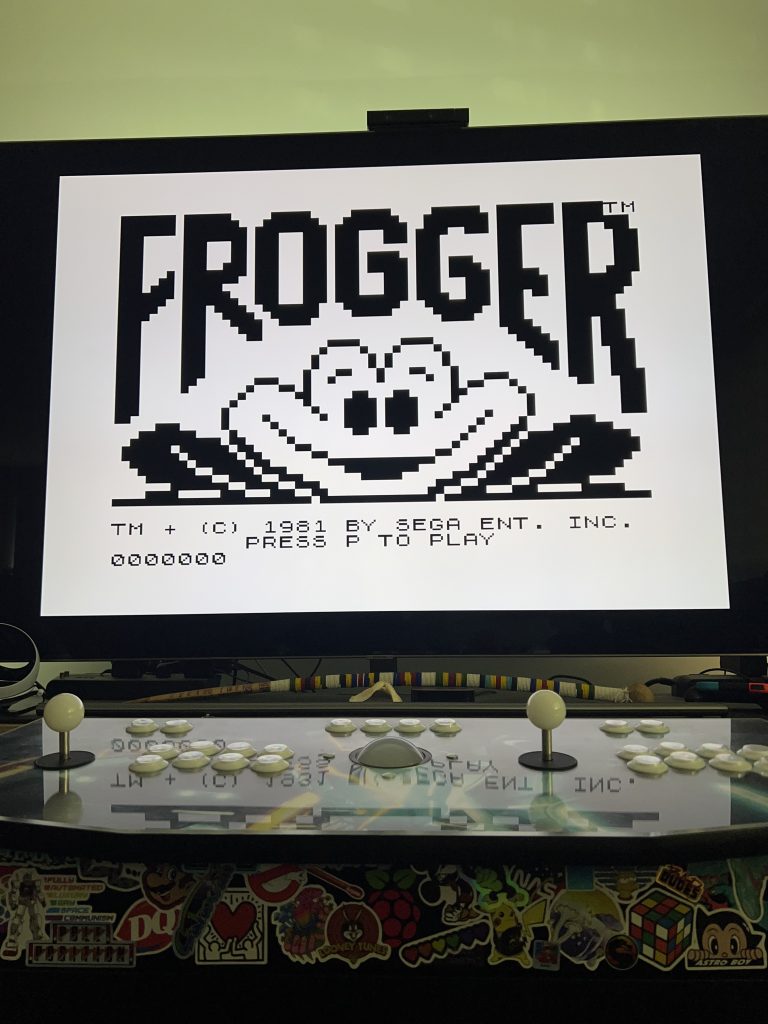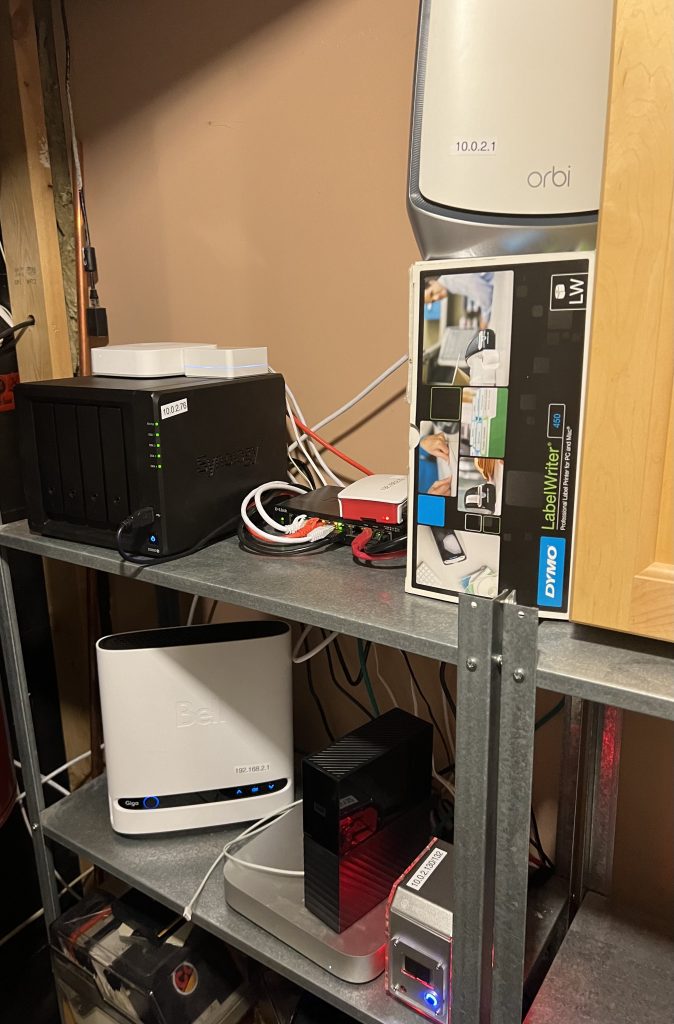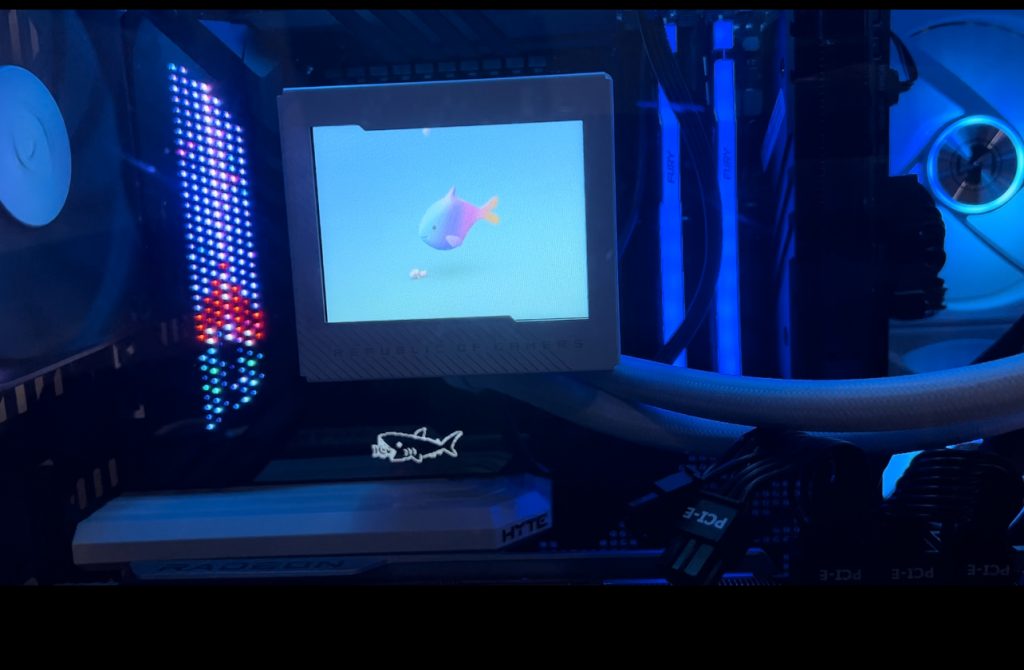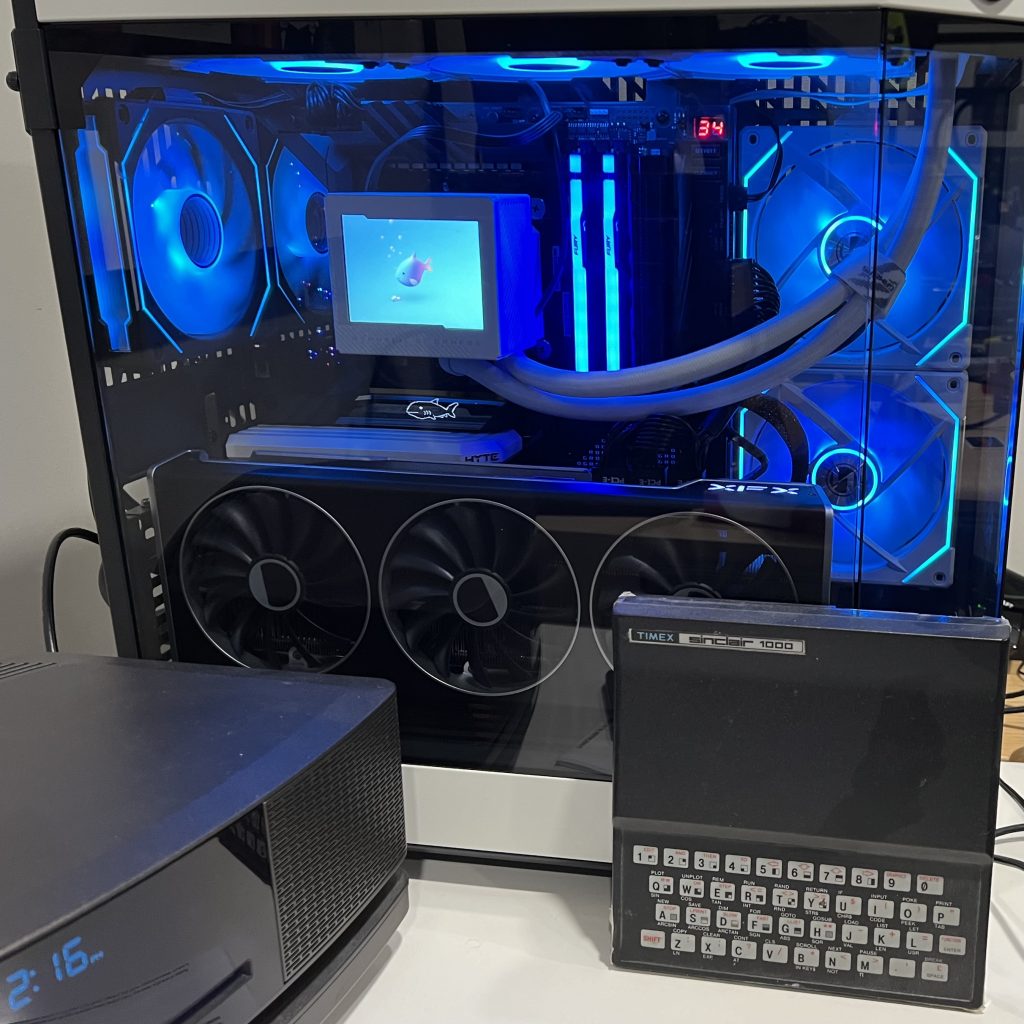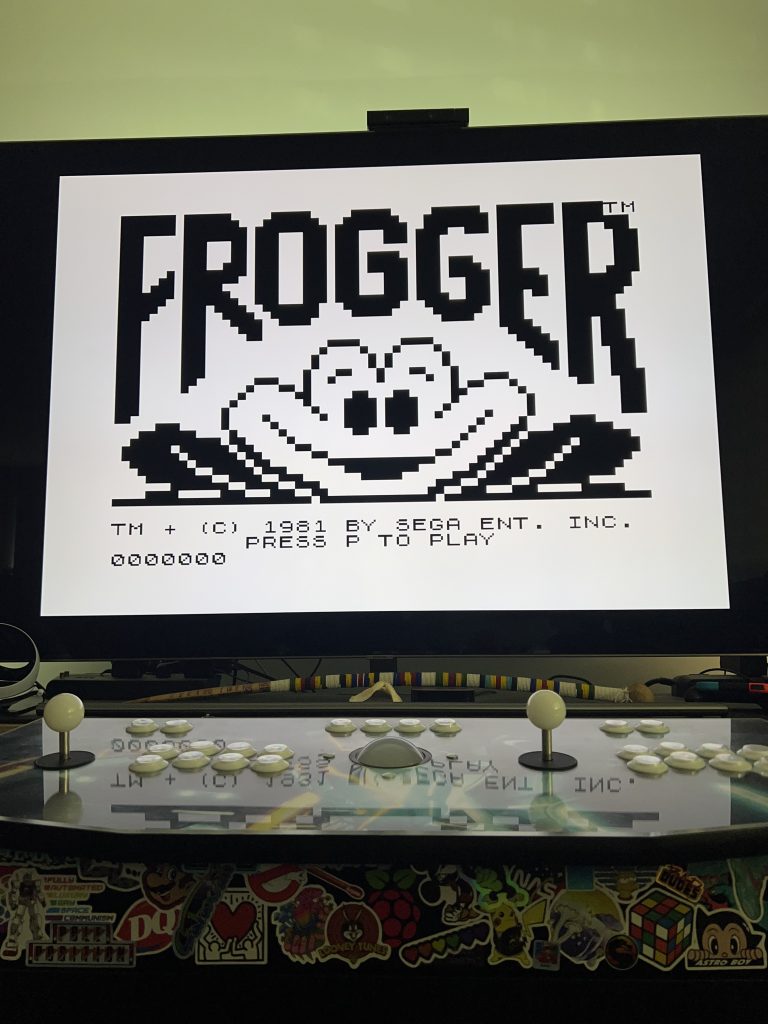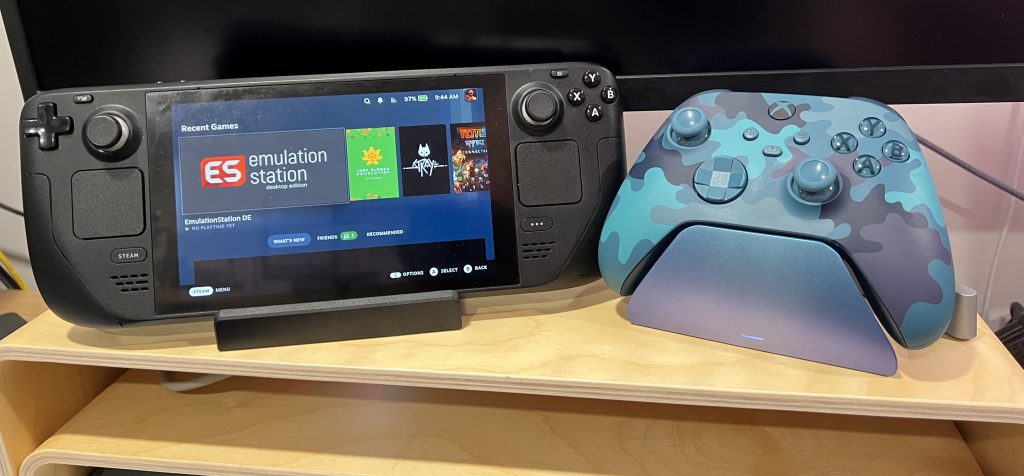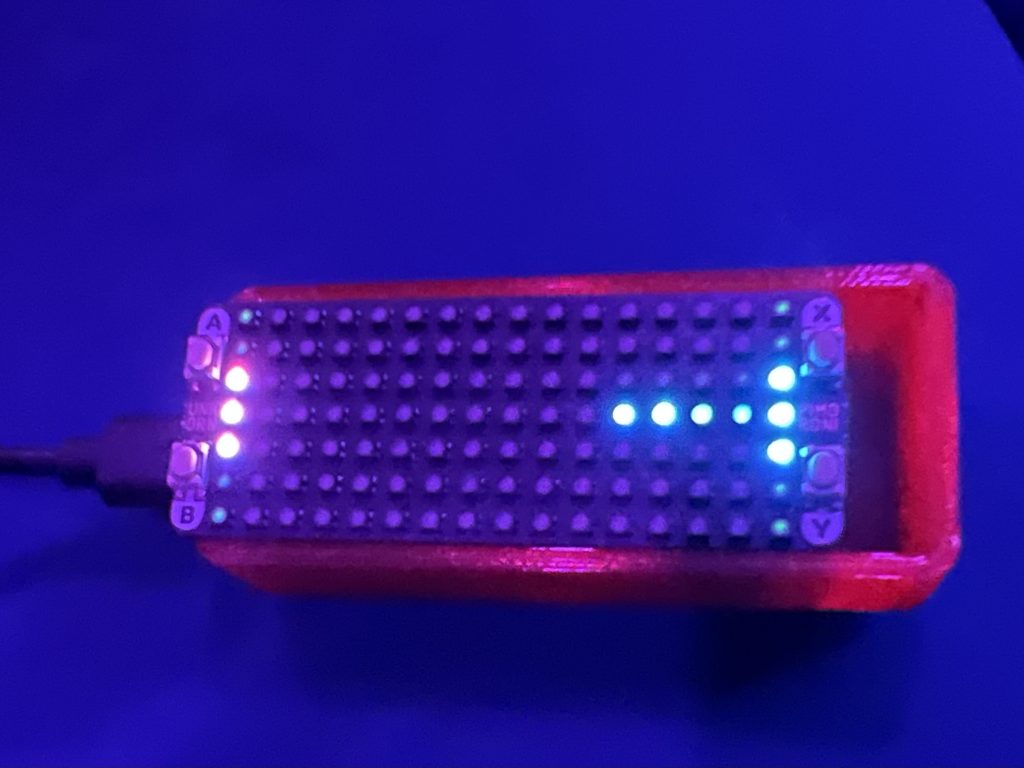This week I was asked by a co-worker, whom I am mentoring, “What are your tips and tricks for travel?” She was writing a speech for her Toastmasters meeting and given I am a bit of a road warrior, who better to ask?
Here are my tips and tricks for the newly initiated to business travel. This also applies to anyone who is starting their own personal adventure travels as well.
1. Align yourself with an airline program, hotel program and even a car rental program
That is in order of importance too. Consider where you are flying, the airlines available in your area, and what your goals are for those miles. Here in Canada we’re heavily skewed towards Star Alliance with Air Canada being the dominant carrier. I could fly American Airlines to the US to build up my One World status, but I am more likely to use Air Canada to go somewhere.
2. Get yourself Global Entry/NEXUS/Clear
Want to get through airport security quickly? Get yourself a Global Entry, NEXUS card, or Clear. NEXUS is really useful for those who cross the Canada/US border or travel internationally to/from Canada. Global Entry is great if you travel internationally to/from the US.
You get dedicated lines, in the US you don’t have to pull your laptop out of your bags, and you don’t have to take off your shoes, depending on the security checkpoint you’re at.
In Canada you get a dedicated line at most airports, but have to pull your laptop out of your bag. I have found inconsistent service.
Clear is only offered at 11 airports in the US, and honestly, I don’t see much value in the program.
The only caveat is that I am finding a lot of people are now getting NEXUS cards and slowing the process down, however airports like Toronto Pearson are opening up additional security lanes.
3. Get a points credit card
If you can, get yourself a points credit card so that you’re earning points on any purchases you make. Make sure this aligns with the airline or hotel program you are aligning yourself with.
Personally, I aligned my airline miles with my credit cards. While as of January first, I have only earned around 11,000 status miles, I have earned 30,644 miles total with my credit cards.
Also you get great sign up bonuses which add up quickly too.
Some cards also let you get through security quickly too, so if you don’t have status with an airline or a NEXUS/Global Entry card, you do have an opportunity to get expedited service through some airports.
4. Research your destination in advance
Look at what is happening at your destination in advance to see what is going on. Check the news, weather, look for events.
5. Stay at the same hotel
If you’re like me, consistency is a good thing. I’ve been staying at the same three hotels in Portland OR and Vancouver WA for the past 4 years. I know what to expect, I know the comfort of the beds, and I’m getting the hotel points and status. You also get to know the staff members, and they recognize you, which sometimes helps with extra perks or if you need that extra level of care and service.
6. Consider a connection
Most of us who travel prefer to have direct flights to destinations. It’s a pain to be delayed, to not get to your destination or back home on time, etc. But sometimes connections can be advantageous, especially if you’re about to hit a status milestone.
Last year I flew Toronto to Dallas via Houston because that was the only flight available. You earn just over 1,000 miles on Aeroplan/Air Canada Altitude with this direct flight. If you fly via Houston, you get just over 1,500 miles. This year with the changes to Aeroplan, you would probably only get over 1,250 miles. That’s a bit of a nice bonus.
Also, some airline programs consider flight segments towards earning status. i.e. 35,000 status miles or 35 segments. If you have 1 connection point in your travel, that equates to 2 segments. If you’re 1 segment short of status, why not connect?
7. Pick your favourite airports
Know which are your favourite airports for connections, and which airports are horrible.
For example, I don’t like ORD or PHL because it they are either very busy, or there are long walks between connecting gates.
I refuse to fly through LAX for connections because of the walk between terminals and terminal transit is horrible. As well, Customs Border Patrol staff are rude.
I love SFO and DFW.
So there you go – What other tricks and tips do you have?


 What a steal! CAD$69.99 in 1983 and comes with the arcade game, Frogger and Mixed Game Bag 1!
What a steal! CAD$69.99 in 1983 and comes with the arcade game, Frogger and Mixed Game Bag 1!